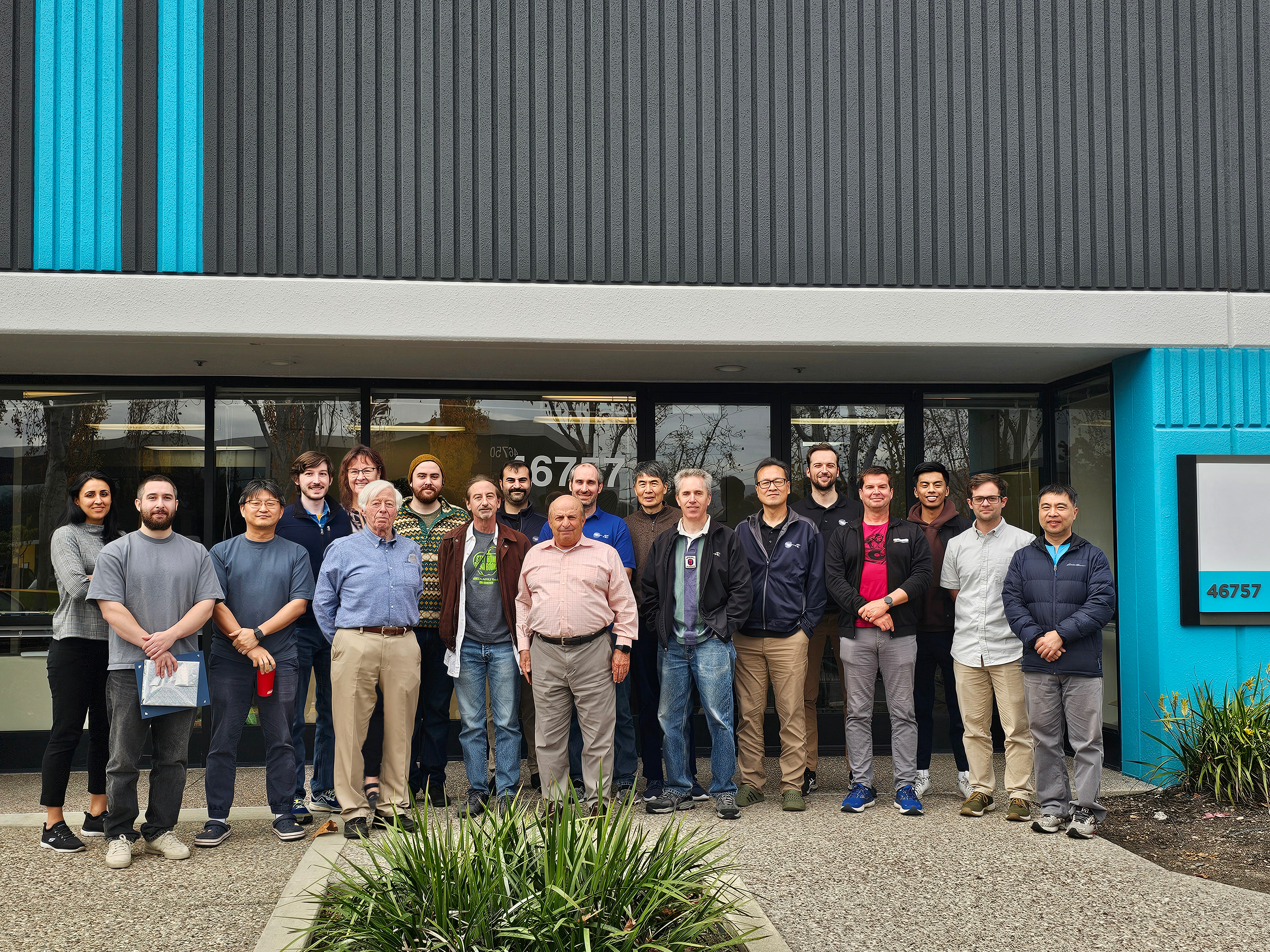The Company
Since 1982, our staff of experts have supported all aspects of engineering analysis in regards to rotorcraft simulation and helicopter simulation. This list includes aerodynamics, controls, structures, propulsion, handling qualities, and more. We are an industry leader in the field of modeling, analysis, and real-time simulation for rotorcraft and helicopters. ART has developed two major comprehensive analysis and simulation tools for rotorcraft, helicopters, and other air vehicles; FLIGHTLAB and, under the guidance of the U.S. Army's Aviation Development Directorate (ADD), the Rotorcraft Comprehensive Analysis System (RCAS). These tools are used throughout the rotorcraft industry and we continue to enhance their capabilities through research and development of advanced rotorcraft simulation technologies.



